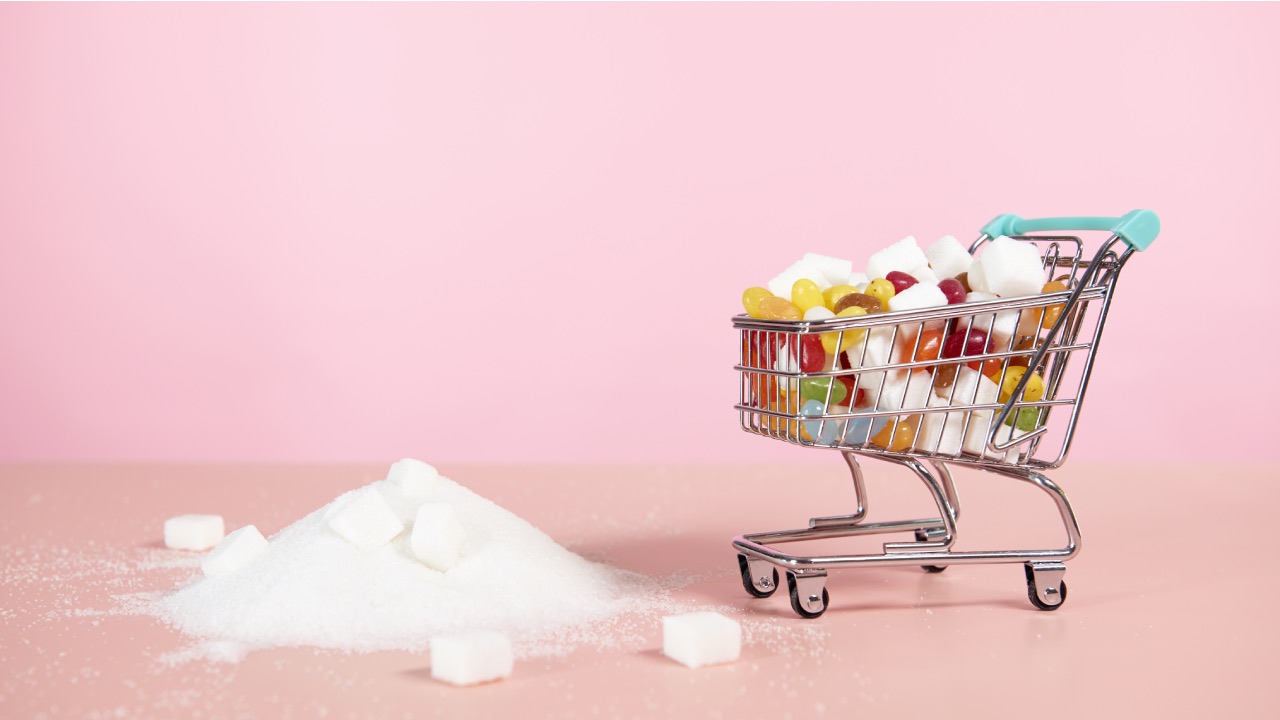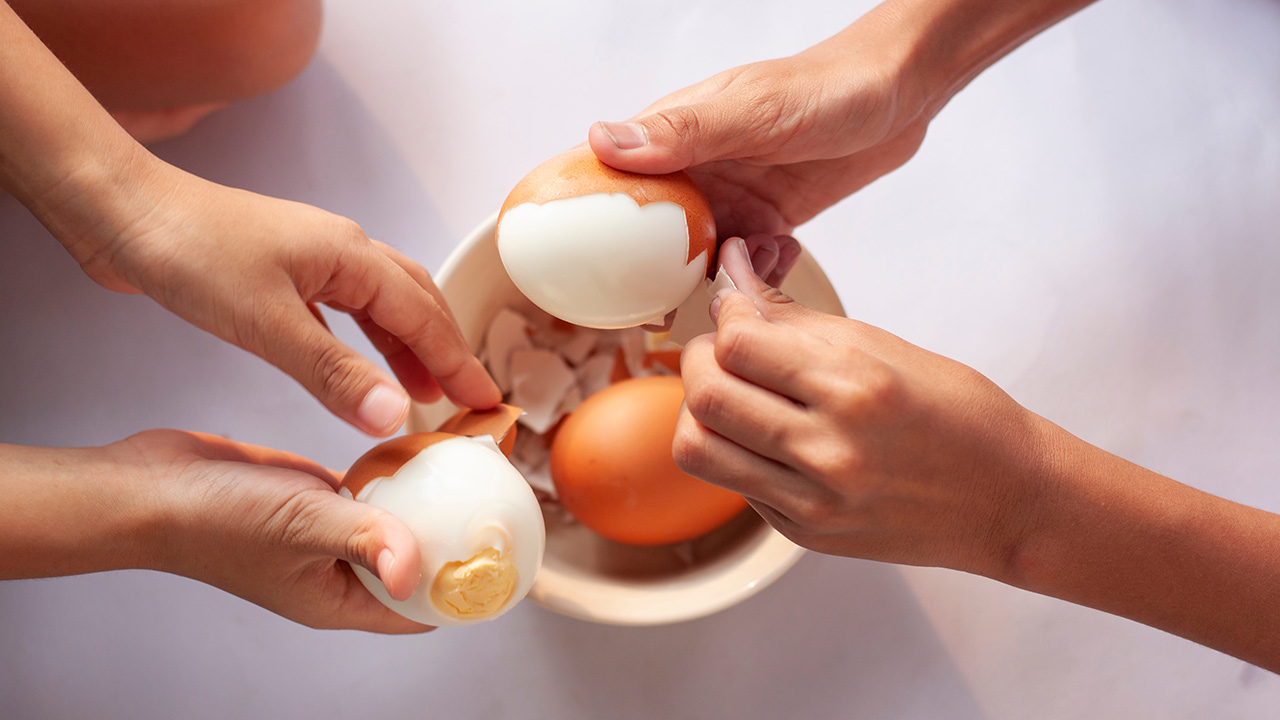Australians are buying large amounts of “hidden” added sugars in their supermarket groceries, according to a new study. The research, led by the George Institute for Global Health, found that over half of the food and drink bought in supermarkets contains added sugar, but it’s not clearly labelled as such.
“We used supermarket survey data to look at the amount of added sugar that Australians buy when they shop at the supermarket,” says Daisy Coyle, a dietician and research fellow at the George Institute.
The researchers looked at a year’s worth of purchases from 7,188 households. They found that on average, Australians are buying nine teaspoons (36g) of added sugar per person per day in groceries, with low-income households buying more.
“It might not sound like a lot, nine teaspoons, but it’s recommended by the World Health Organization that we consume no more than 12 teaspoons each day. So we’re getting nine teaspoons just from packaged food from the supermarket alone,” says Coyle.
Restaurant, takeaway and other non-supermarket food would need to be very lean in sugar indeed to avoid exceeding the recommended daily amount.
Most of the added sugar comes from 10 different categories of food product. Coyle says that some of these products wouldn’t necessarily be thought to have large amounts of added sugar.
“The usual suspects are up there, things like sugary drinks, and chocolates and lollies, but we’re also finding more of the everyday staple foods contain a lot of added sugar,” she says. “Things like breakfast cereals, pasta sauces and yoghurts.”
The researchers believe these added sugars may make it more difficult for Australians to eat healthily.
“The issue with added sugars is that it’s not on the nutrition label,” says Coyle. “So while consumers can pick up a product and look at, say, the protein, carbs and total sugar content, they can’t get any information about the added sugar. So you can’t compare products – you can’t make healthier choices.”
Plenty of foods – like fruit and milk – contain sugar naturally, but this is less of a concern from a nutrition perspective.
“Natural sugars come from healthy foods that contain other nutrients,” says Coyle. “If you’re talking about sugar that’s in fruit, you’re not just getting the sugar – you’re getting fibre and vitamins and minerals. Added sugar contains nothing but just sugar.”
The researchers believe that this extra sugar needs to be addressed at a policy level. This could include making current voluntary sugar reduction targets mandatory and lower, and introducing stronger labelling guidelines, among other things.
“We always think that it shouldn’t just be on the consumer, it shouldn’t just be on the individual,” says Coyle. “Our food environments, our supermarkets, should be made healthier, so it’s easier to make a healthy choice.”
A paper describing the research is published in the Journal of the Academy of Nutrition and Dietetics.
Image credits: Getty Images
This article was originally published on cosmosmagazine.com and was written by Ellen Phiddian.












